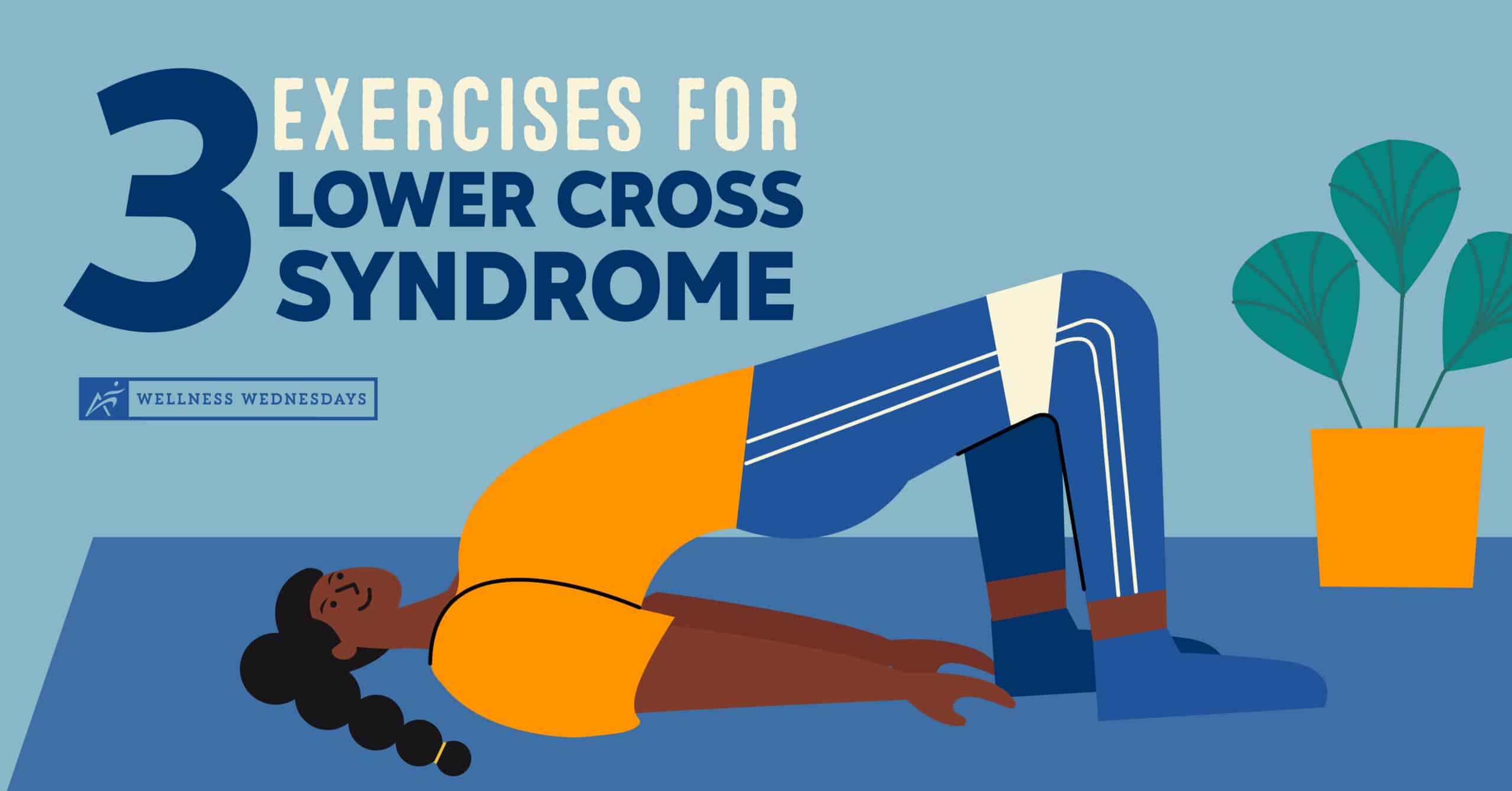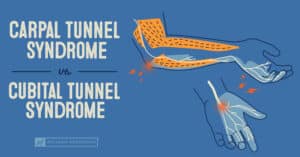Lower Cross Syndrome (LCS) is a muscular imbalance condition that is contributed by posture, and can affect your core stability, as well as lead to weakness in key muscle groups. Because this condition can cause an imbalance in abdominal, gluteal, and back muscles, you may see a rise in lower back pain.
The key to combatting LCS is exercise! Continue reading for 3 exercises for Lower Cross Syndrome that can help rebuild strength in weakened muscles, as well as provide stability to your core.
How Exercise Can Help Relieve Lower Cross Syndrome
If your work habits or hobbies are sedentary, your body could suffer greatly from the consequences. You may have heard that sitting or slouching for prolonged periods are detrimental for your health, and it’s true. Sedentary lifestyles contribute to tightened or shortened muscles or weakened muscles from not utilizing them and exercising. In general, exercise is always crucial to keeping good health, active muscles, as well as correcting improper posture, which is a major attribute to Lower Cross Syndrome.
Because LCS is caused by imbalances in several muscle groups, the best tool in your box for combatting these effects is to exercise! Below are three exercises that can help strengthen weakened abdominal and gluteal muscles, as well as work on loosening tense muscles!
*Disclaimer: Always consult with your doctor before starting any exercise program. If you experience any numbness, tingling, or reproduction of your symptoms, please contact your doctor.
Quad Release with Foam Roller
For this exercise you will need a foam roller. You are going to roll the quads or the front portion of your thighs.
- Place the foam roller on your thighs and balance on your elbows in a plank position.
- Brace your core and avoid arching or rounding your low back or lumbar spine.
- Roll from just above the kneecaps to right below the hip area. Lookout for tender areas.
- Once you locate a tender area hold for 10 – 20 seconds or until the pain lessens, then move to another tender area.
- To place a greater emphasis on one leg, cross the back leg over the other leg or simply shift your body weight to one side.
- To isolate the inner portion of the quads, widen your legs and rotate your feet out.
- To target your outer quads, bring your legs together, touch your toes, and rotate your heels out.
- Perform this for up to 2 minutes.
Core Dead Bugs
For this exercise, you are going to be working on the core stabilizers by working your deep core muscles.
- Lie on the ground with your knees bent.
- You will notice that your lower back is not touching the ground completely. First, find your pelvic tilt. Rotate your pelvis backward so that your lower back is touching more of the ground.
- Hold this position and then raise your legs up, making sure that your lower legs are parallel to the ground, then raise your arms up to the ceiling.
- Maintain that pelvic tilt the whole time and make sure you are breathing normally throughout this and not holding your breath.
- Extend your opposite arm and leg at the same time slowly and controlled, making sure that you are not falling out of pelvic tilt, then alternate opposite sides.
- Complete 3 sets of 6 reps daily.
Banded Glute Bridge
For this exercise you will need the elastic band. You are going to be working on strengthening the glute max and glute med muscles or the muscles around the hip and the muscles that are right on the outside portion of your hip.
- Lie on your back with your knees bent and have that elastic band right above your knees.
- Find pelvic tilt or your public neutral by rotating your hips or pelvis back to where your low back will be touching the ground.
- To make sure you are doing this correctly, you can place your fingertips right inside of your hip bones and you should feel some activation right under your fingertips to wear your abdomen is getting tighter.
- Hold that position.
- Push out against that elastic band with your knees, squeeze your glutes, and then lift towards the ceiling.
- You are holding that pelvic tilt as you are pushing out against that elastic band, hold at the top, and then slowly come back down.
- You will relax and go back to neutral and then find your pelvic tilt again and repeat.
- Perform this exercise daily, completing 3 sets of 12.
When All Else Fails, Airrosti Has Your Back
Whether you may be suffering from Lower Cross Syndrome or any other related back pain, you should always pinpoint the source of your pain or injury and get treated. If left untreated, your condition can worsen, possibly leading to chronic pain or causing several postural changes or imbalances.
At Airrosti, our Providers will create a treatment plan tailored to your condition or pain, as well as provide education on future episodes of pain and the tools you need to thrive and live your best life!
If you’re ready, schedule an appointment with an Airrosti Provider today, either online or in-clinic, or call (800) 404-6050 for more information.










